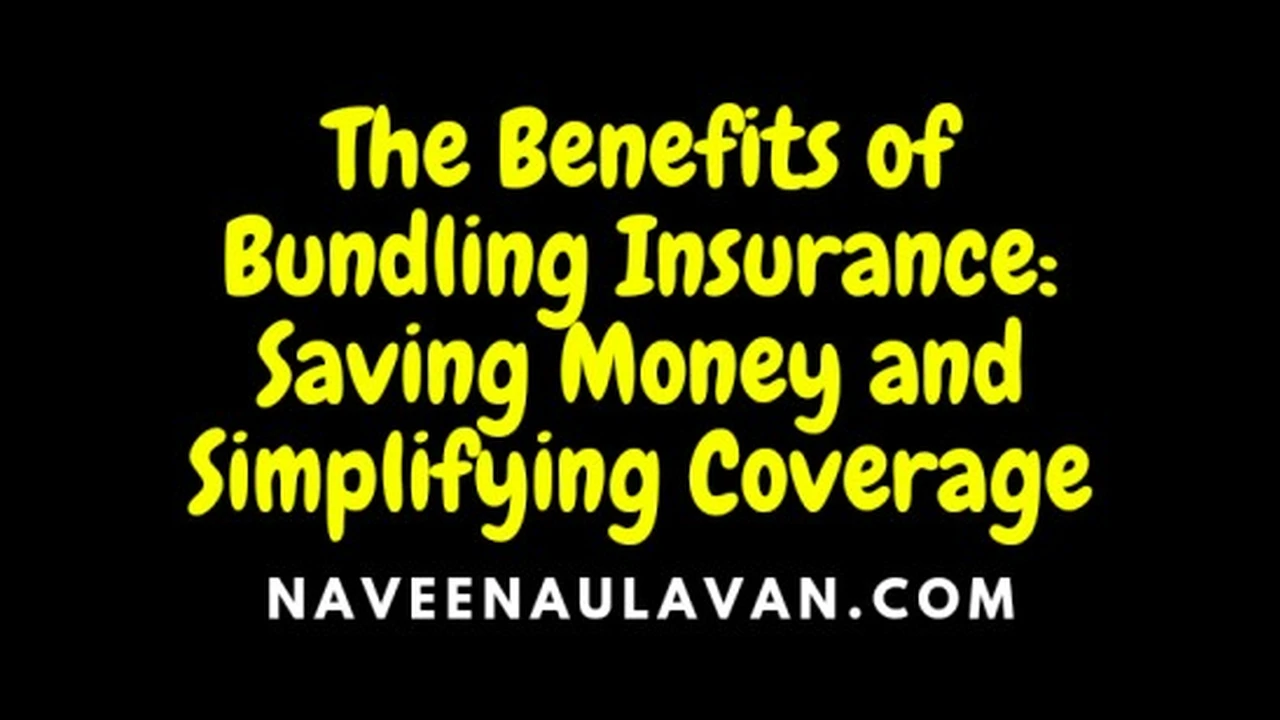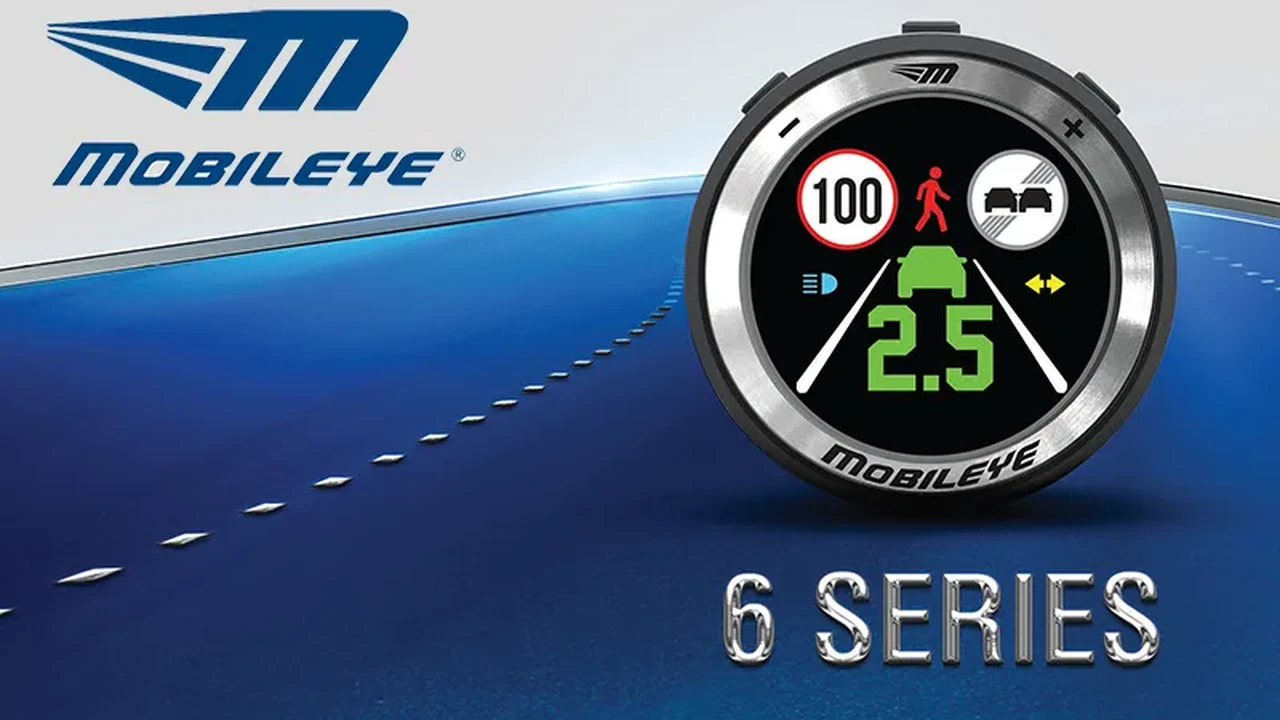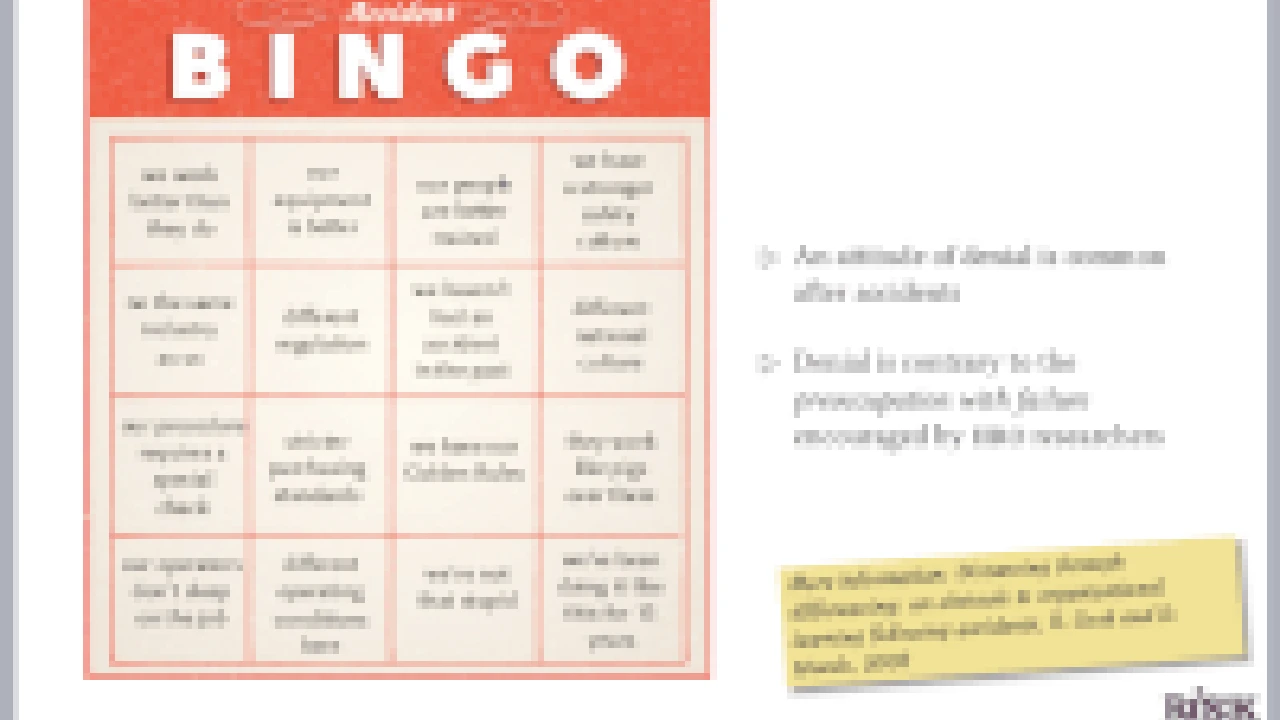Bundling Insurance Policies: Saving Money on Auto and Home Coverage
Sample meta description.

Understanding Insurance Bundling The Basics and Benefits
Alright, let's talk about saving some serious cash, shall we? We're diving into the world of insurance bundling, specifically how combining your auto and home insurance can lead to some sweet discounts. Think of it like this: you're buying a combo meal instead of ordering everything à la carte. Insurance companies love it because they get more of your business, and you love it because, well, you're saving money! It's a win-win.
So, what exactly is insurance bundling? Simple. It's when you purchase two or more insurance policies from the same insurance company. The most common combo? Auto and home (or renters) insurance. But you can sometimes bundle other policies too, like motorcycle, boat, or even umbrella insurance. The key is that you're getting all your coverage under one roof, and that comes with perks.
The biggest perk, obviously, is the discount. Insurance companies offer these discounts to reward you for your loyalty and for simplifying their business. It's less paperwork, less marketing spend, and less risk for them. They pass those savings on to you (hopefully!). Beyond the money, bundling can also make your life easier. You'll have one bill to pay, one point of contact for claims, and a simpler overall insurance experience. No more juggling multiple policies and remembering different due dates. Hallelujah!
Auto and Home Insurance Bundling A Deep Dive into Savings
Okay, let's get down to brass tacks. How much can you actually save by bundling your auto and home insurance? Well, it varies. A lot. The exact discount depends on several factors, including:
- The Insurance Company: Different companies offer different bundling discounts. Some are more aggressive than others.
- Your Location: Insurance rates and discounts vary by state and even by city.
- Your Coverage Levels: The more coverage you have, the bigger the potential discount (though you also pay more overall, so balance is key!).
- Your Driving Record and Claims History: A clean driving record and a lack of claims will always work in your favor.
- Your Credit Score: In many states, your credit score can impact your insurance rates.
That being said, you can generally expect to save anywhere from 5% to 25% by bundling. That's a significant chunk of change, especially over the course of a year. To get a real sense of how much you could save, it's crucial to get quotes from multiple insurance companies. Don't just stick with the company you've always used. Shop around! A little bit of research can save you hundreds, maybe even thousands, of dollars.
Let’s break down a hypothetical scenario. Let's say your auto insurance costs $1,200 per year and your home insurance costs $1,000 per year. That's a total of $2,200. If you bundle and get a 15% discount, you'll save $330 per year. That's like getting almost three months of free Netflix! Or a really nice weekend getaway. The point is, it adds up.
Top Insurance Companies for Bundling Auto and Home Coverage Exploring Your Options
Alright, so you're convinced that bundling is a good idea. Great! But which insurance company should you choose? There are a ton of options out there, and it can be overwhelming. Here are a few of the top players in the insurance bundling game, along with some of their pros and cons:
- State Farm: State Farm is a giant in the insurance world, known for its strong financial stability and excellent customer service. They offer a wide range of insurance products, and their bundling discounts are generally competitive. They also have a large network of local agents, which can be helpful if you prefer face-to-face interaction. However, their rates can sometimes be a bit higher than other companies, especially if you have a less-than-perfect driving record.
- GEICO: GEICO is another major player, known for its aggressive advertising and competitive rates. They're a great option if you're looking for the cheapest possible insurance. They also have a user-friendly website and mobile app, making it easy to manage your policies online. However, their customer service can sometimes be inconsistent, and they may not offer as many personalized services as some other companies.
- Progressive: Progressive is known for its innovative products and services, such as its Snapshot program, which tracks your driving habits and rewards safe drivers with discounts. They also offer a wide range of coverage options and competitive rates. However, their claims process can sometimes be slow, and they may not be the best choice if you have complex insurance needs.
- Allstate: Allstate provides comprehensive coverage options and strong local agent support. Known for its "Good Hands" promise, Allstate emphasizes customer satisfaction. They offer a variety of discounts and bundling options. However, premiums can be slightly higher than some competitors.
- USAA: (If you're eligible – military members and their families) USAA consistently ranks high in customer satisfaction surveys and offers excellent rates and benefits to its members. They're known for their outstanding customer service and comprehensive coverage options. However, eligibility is limited to military members and their families.
Product Recommendations and Comparisons:
Let's zoom in on some specific products and compare them:
1. State Farm's Drive Safe & Save vs. Progressive's Snapshot: Both are usage-based insurance programs. State Farm's Drive Safe & Save uses a mobile app to track driving behavior (speed, braking, time of day, etc.) and offers discounts based on safe driving habits. Progressive's Snapshot also uses a device or app to monitor driving. Usage Scenario: Perfect for drivers who are confident in their safe driving skills. Comparison: Snapshot typically offers immediate discounts upon enrollment, while Drive Safe & Save adjusts rates based on driving data collected over time. Pricing: Discounts vary widely, from 5% to 30% or more, depending on driving behavior.
2. GEICO's Homeowners Insurance vs. Allstate's Homeowners Insurance: GEICO partners with other insurance companies to provide homeowners insurance, while Allstate directly underwrites its policies. Usage Scenario: Homeowners seeking comprehensive coverage for their property and belongings. Comparison: Allstate offers more customizable coverage options and local agent support, while GEICO often provides more competitive rates. Pricing: Homeowners insurance premiums depend on factors like location, coverage limits, and deductible. Getting quotes from both companies is crucial for comparison.
3. Umbrella Insurance (offered by most major insurers): This provides additional liability coverage beyond your auto and home insurance policies. Usage Scenario: Individuals with significant assets who want extra protection against lawsuits. Comparison: Umbrella insurance policies offer varying levels of coverage, typically starting at $1 million. Pricing: Premiums range from $150 to $300 per year for $1 million in coverage.
Maximizing Your Savings Tips and Tricks for the Best Bundling Deals
Okay, so you know which companies to consider, but how do you actually get the best possible deal? Here are a few tips and tricks:
- Shop Around: I can't stress this enough. Get quotes from multiple insurance companies. Don't just settle for the first quote you get. Compare rates, coverage options, and discounts.
- Ask About All Available Discounts: Bundling is just one type of discount. Ask about other discounts you might be eligible for, such as discounts for being a safe driver, having anti-theft devices, being a member of certain organizations, or being a student.
- Increase Your Deductibles: Increasing your deductibles (the amount you pay out-of-pocket before your insurance kicks in) can lower your premiums. However, make sure you can afford to pay the higher deductible if you have a claim.
- Review Your Coverage Annually: Your insurance needs may change over time. Review your coverage annually to make sure you have adequate protection and that you're not paying for coverage you don't need.
- Consider Your Credit Score: As mentioned earlier, your credit score can impact your insurance rates in many states. Improve your credit score to potentially lower your premiums.
- Don't Be Afraid to Negotiate: Insurance rates are not always set in stone. Don't be afraid to negotiate with the insurance company. Tell them you're shopping around and see if they're willing to match or beat a competitor's offer.
Remember, insurance is a business. They want your business. So, don't be afraid to play hardball and get the best possible deal. Your wallet will thank you for it!
Understanding Policy Details Ensuring Adequate Coverage When Bundling
Saving money is great, but it's crucial to make sure you're not sacrificing coverage in the process. Don't just blindly choose the cheapest option. Take the time to understand the details of your policies and make sure you have adequate protection for your needs.
Here are a few things to consider:
- Coverage Limits: Make sure your coverage limits are high enough to protect your assets. For example, your auto insurance liability coverage should be high enough to cover the potential damages you could cause in an accident. Your home insurance coverage should be high enough to rebuild your home if it's destroyed.
- Deductibles: As mentioned earlier, increasing your deductibles can lower your premiums, but make sure you can afford to pay the higher deductible if you have a claim.
- Exclusions: Be aware of any exclusions in your policies. Exclusions are things that your insurance won't cover. For example, most home insurance policies don't cover flood damage. If you live in a flood-prone area, you'll need to purchase separate flood insurance.
- Replacement Cost vs. Actual Cash Value: Understand the difference between replacement cost and actual cash value. Replacement cost coverage will pay to replace your damaged property with new property, while actual cash value coverage will only pay the depreciated value of your damaged property. Replacement cost coverage is generally more expensive, but it provides better protection.
- Liability Coverage: Liability coverage protects you if you're sued for causing damage to someone else's property or injury. Make sure you have adequate liability coverage to protect your assets. Consider purchasing umbrella insurance for additional liability coverage.
Don't hesitate to ask your insurance agent questions. They're there to help you understand your policies and make sure you have the right coverage for your needs. If you don't understand something, ask them to explain it in plain English. It's better to be safe than sorry!
Real-Life Scenarios How Bundling Saved the Day (and Money!)
Let's look at some real-life scenarios where bundling insurance policies proved to be a smart move:
- Scenario 1: The Car Accident: John bundled his auto and home insurance with State Farm. He got into a car accident and was at fault. His auto insurance covered the damages to the other car and his own car, but the other driver also sued him for medical expenses. John's liability coverage under his auto policy wasn't enough to cover the full amount of the lawsuit. However, because he had bundled his insurance, he also had access to State Farm's legal resources and advice, helping him navigate the lawsuit and ultimately saving him a significant amount of money.
- Scenario 2: The House Fire: Sarah bundled her auto and home insurance with GEICO. A fire broke out in her kitchen and caused significant damage to her home. Her home insurance covered the cost of repairing the damage and replacing her belongings. Because she had bundled her insurance, she also received a discount on her auto insurance, saving her even more money.
- Scenario 3: The Stolen Laptop: Michael bundled his auto and renters insurance with Progressive. His laptop was stolen from his apartment. His renters insurance covered the cost of replacing his laptop. He was surprised to find that his renters insurance also covered his laptop even when it was stolen *outside* of his apartment (subject to the policy's terms and conditions, of course!). He learned about this benefit through Progressive's clear policy documentation and customer service.
These are just a few examples of how bundling insurance policies can save you money and provide valuable protection. While these scenarios are simplified, they illustrate the real-world benefits of having comprehensive insurance coverage and the advantages of bundling.
Future Trends in Insurance Bundling What to Expect
The insurance industry is constantly evolving, and so is the world of insurance bundling. Here are a few trends to watch out for:
- Increased Personalization: Insurance companies are using data and analytics to personalize their products and services. Expect to see more personalized bundling options tailored to your specific needs and circumstances.
- Usage-Based Insurance: As mentioned earlier, usage-based insurance programs are becoming increasingly popular. Expect to see more insurance companies offering discounts based on your driving habits, home security measures, and other factors.
- Digitalization: The insurance industry is becoming increasingly digital. Expect to see more online tools and resources to help you compare rates, manage your policies, and file claims.
- Bundling with Non-Insurance Products: Some insurance companies are starting to offer bundling options that include non-insurance products, such as home security systems or smart home devices. This trend is likely to continue as insurance companies look for new ways to add value and attract customers.
- Subscription Models: There's a growing trend towards subscription-based insurance models, offering flexibility and on-demand coverage. This could extend to bundling, allowing consumers to add or remove policies as their needs change.
The future of insurance bundling is bright. Expect to see more innovative products and services that make it easier and more affordable to protect your assets. Stay informed and proactive to get the best deals possible.
:max_bytes(150000):strip_icc()/277019-baked-pork-chops-with-cream-of-mushroom-soup-DDMFS-beauty-4x3-BG-7505-5762b731cf30447d9cbbbbbf387beafa.jpg)






